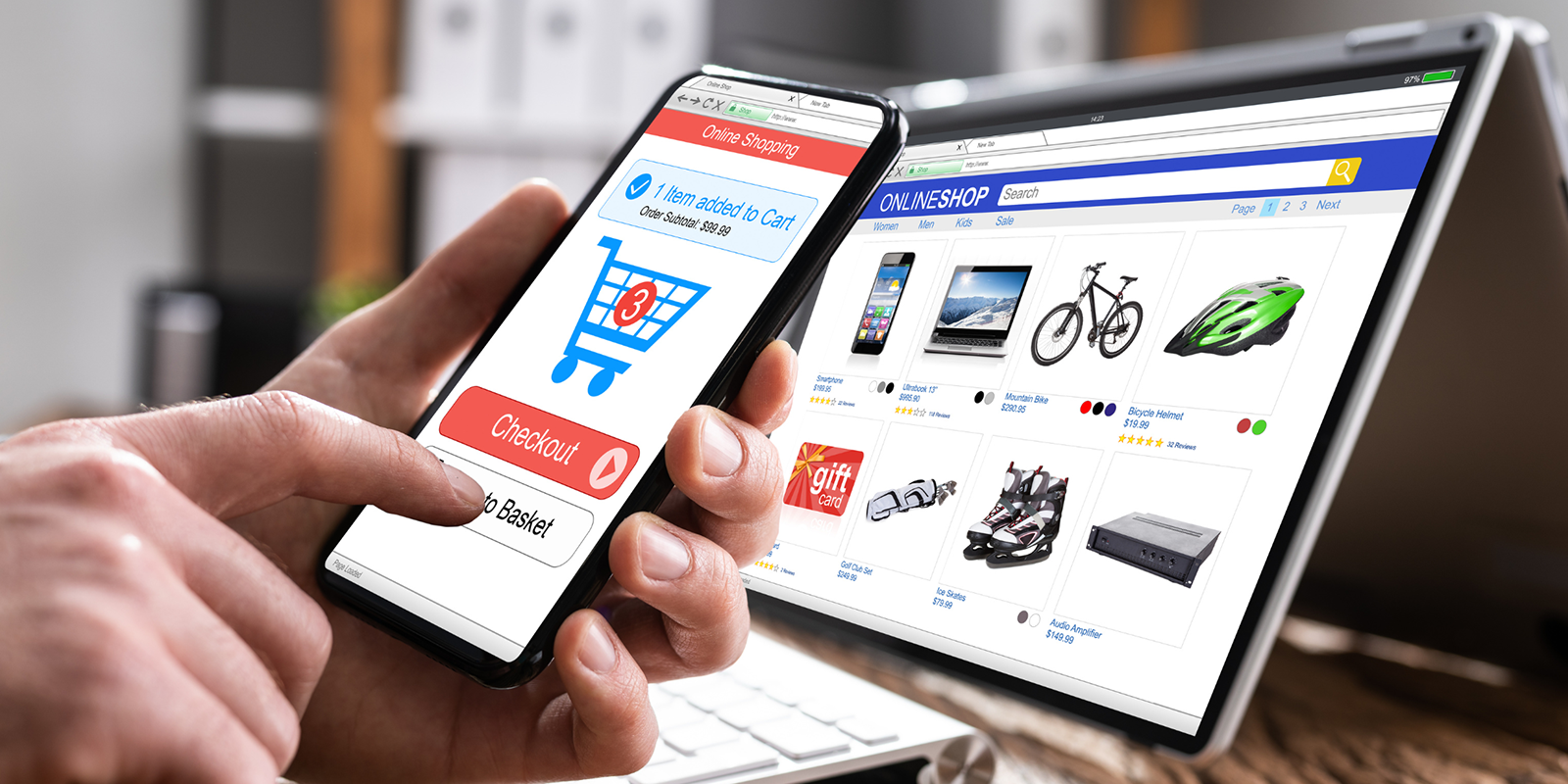Elements That Are Critical For eCommerce Website Development

The difficulties of setting up an online store are highly dependent on what the business owners want to include on their websites. While some websites are simple and minimalist, others are highly competitive, with multifunctional applications and complex Content Management Systems. The ability to provide a consistent user experience and site functionality is a key feature of e-commerce websites. For competitive, dynamic retail businesses, Freedom Media Group explains the five key elements for creating the most impressive e-stores.
- The Design of the User Interface and the User Experience
The interface of your website is concerned with how the entire site functions, which includes the layout, image placement, sliders and banners, as well as how the navigation and payment gateway function. A key component of e-commerce website design is a combination of simplicity and an enthralling interface that will influence sales. The easier and more functional it is to browse, choose, and buy items, the more sales it will generate.
It is determined by the platform and programming language used. Depending on the blueprint of your interface design, you can select Magento, WordPress, Joomla, or Shopify. And the programming language is used to code your website in order to display that interface. PHP, HTML, Javascript, and Python are all options.
- Payment Gateway And eCart
Have the most reliable shopping cart for a dependable and seamless online payment gateway. It’s also a good idea to include the best deals and promotions with each product to make customers feel special. It also strengthens the website’s credibility.
- Item Descriptions and High-Quality Photographs
The most valuable resource for online stores to showcase a product to customers is to use high quality real images and detailed product descriptions to bring it as close to the customers as possible. Because people cannot see or touch the item in order to make a decision, this is critical. Prevent using treated images to some extent so that the customer does not feel cheated if they receive a product that looks faded in comparison to the website image.
- Mobile Applicability
Mobile apps are great, but when creating a responsive website, consider how the website looks and functions on small, out-of-date devices and slow networks. Typically, business owners opt for flashy layouts with slides and videos on landing pages. However, a cross-platform interface reaches the greatest number of people.
- Customer Service That Is Responsive
E-commerce websites can grow in size, and it is important to keep in mind that multifunctional CMSs may experience a technical error, a user may have difficulty understanding something, or something may simply go against the plan. Consider a 24-hour customer support system as a backup plan for a successful e-commerce venture.
